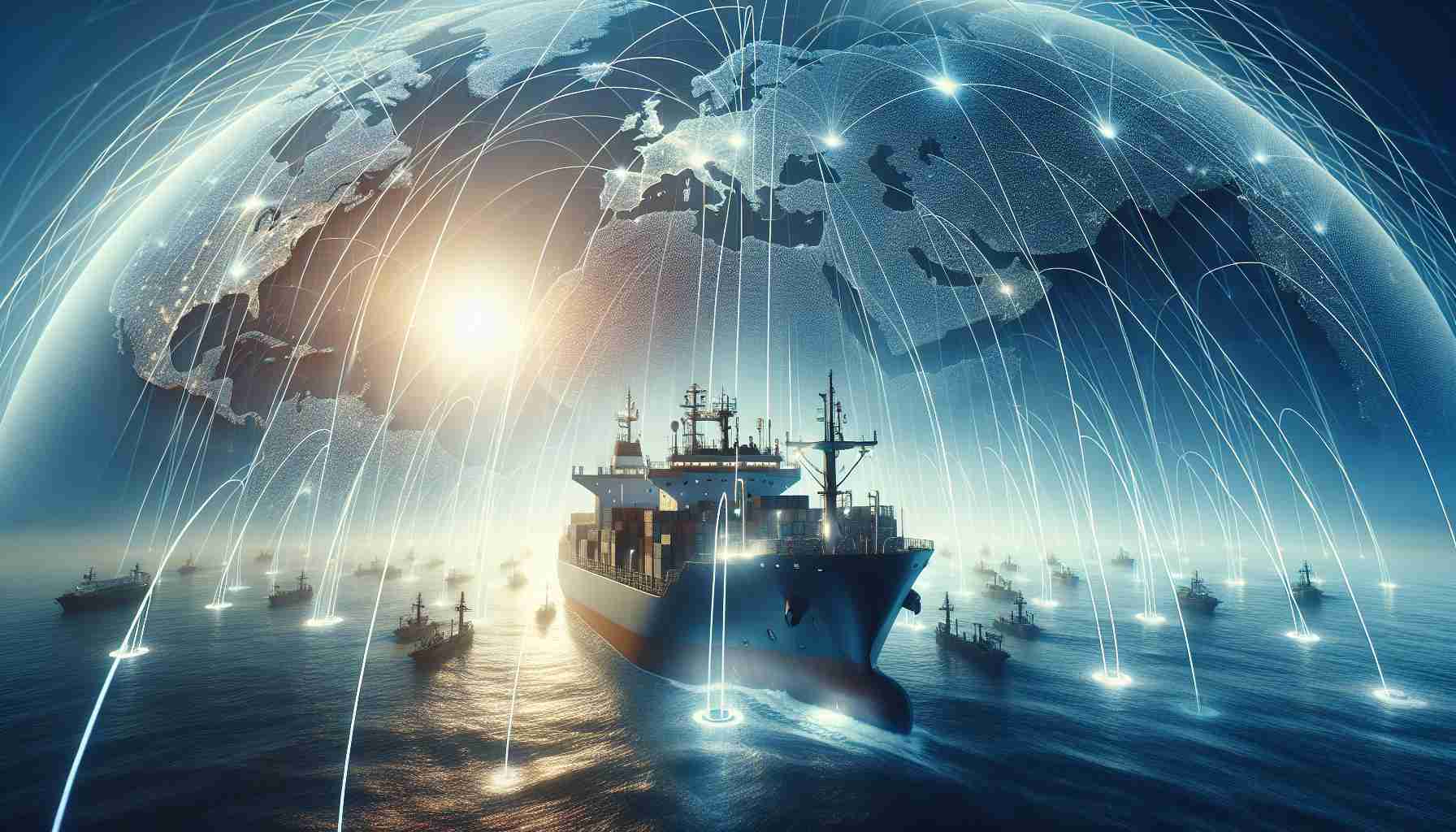
The Maritime VSAT (Very Small Aperture Terminal) Market is on the rise, with projections indicating a substantial growth trajectory over the coming years. Valued at approximately USD 4.78 billion in 2023, experts anticipate it could reach nearly USD 8.19 billion by 2032, influenced by a robust compound annual growth rate (CAGR) of 8%. This expansion is largely driven by an increasing demand for reliable internet connectivity in maritime environments, as industries seek to enhance operational efficiency and communications at sea.
The report highlights several prominent entities actively shaping this sector, including KVH Industries and Inmarsat Group Limited, among others. These key players are crucial in developing technologies that facilitate high-speed data transfer and connectivity for a variety of maritime applications, such as commercial shipping, offshore operations, and defense communications.
Market segmentation focuses on different frequency bands like Ku-band, C-band, and Ka-band, each offering unique coverage and bandwidth characteristics. While the demand for broadband services at sea continues to grow, challenges remain, including the high costs associated with equipment and services.
Geographically, the market spans regions including North America, Europe, and Asia Pacific, reflecting a global interest in enhancing maritime communication capabilities. This comprehensive analysis not only forecasts future trends but also identifies opportunities for stakeholders to capitalize on within this expanding market.
Navigating the Future: The Growing Maritime VSAT Market
The Maritime VSAT market stands at a significant inflection point, driven by the need for seamless communication and data access in increasingly complex maritime operations. While earlier discussions highlighted the market’s financial figures and key players, a more nuanced exploration reveals additional layers of complexity in this growing sector.
Key Questions and Their Answers
1. What factors contribute to the growing demand for maritime VSAT?
The demand for maritime VSAT is propelled by several factors, including the rise in autonomous vessels, the need for real-time data analytics, and increased regulatory mandates for safety and environmental compliance. Additionally, the push for digital transformation in marine industries continues to fuel the necessity for reliable broadband connectivity at sea.
2. How does maritime VSAT technology evolve with changing market needs?
Continuous innovations in satellite technology, such as the deployment of Low Earth Orbit (LEO) satellites, promise to significantly enhance data speeds and lower latency. These advancements present new opportunities for applications ranging from remote monitoring to telemedicine on board vessels.
3. What are the main challenges facing the maritime VSAT market?
A significant hurdle remains the high capital costs and operational expenses associated with implementing and maintaining VSAT systems, particularly for smaller shipping companies. Furthermore, regulatory challenges regarding bandwidth allocation and compliance in different regions can complicate deployment.
Advantages and Disadvantages of Maritime VSAT
– Advantages:
– Enhanced Connectivity: Maritime VSAT provides high-speed internet access that enables continuous communication, critical for both operational efficiency and crew welfare.
– Remote Monitoring and Control: The technology supports IoT applications, allowing for remote diagnostics and predictive maintenance of onboard systems.
– Global Coverage: Unlike traditional communication methods, VSAT can offer nearly ubiquitous coverage across oceans, facilitating operations in remote areas.
– Disadvantages:
– High Costs: The initial setup and ongoing maintenance can be prohibitive, especially for small to mid-sized operators.
– Satellite Coverage Limitations: While LEO satellites are improving coverage, traditional geostationary satellites can experience signal degradation in harsh weather conditions.
– Complexity of Equipment: The technology can be intricate, requiring adequate training and support for crew members to effectively utilize the systems.
Controversies in the Maritime VSAT Sector
Debates surrounding cybersecurity are becoming increasingly significant as ships become more reliant on digital technologies. The risks of cyberattacks on critical navigation and operational systems pose substantial threats, prompting the need for enhanced cybersecurity protocols. Furthermore, discussions on net neutrality and bandwidth pricing continue to divide operators and service providers, exacerbating cost concerns in a competitive market.
As the Maritime VSAT market navigates these challenges and opportunities, stakeholders must remain vigilant and adaptable to continue reaping the benefits of this essential technological advancement.
For more information on maritime connectivity trends, visit Inmarsat and KVH Industries.



